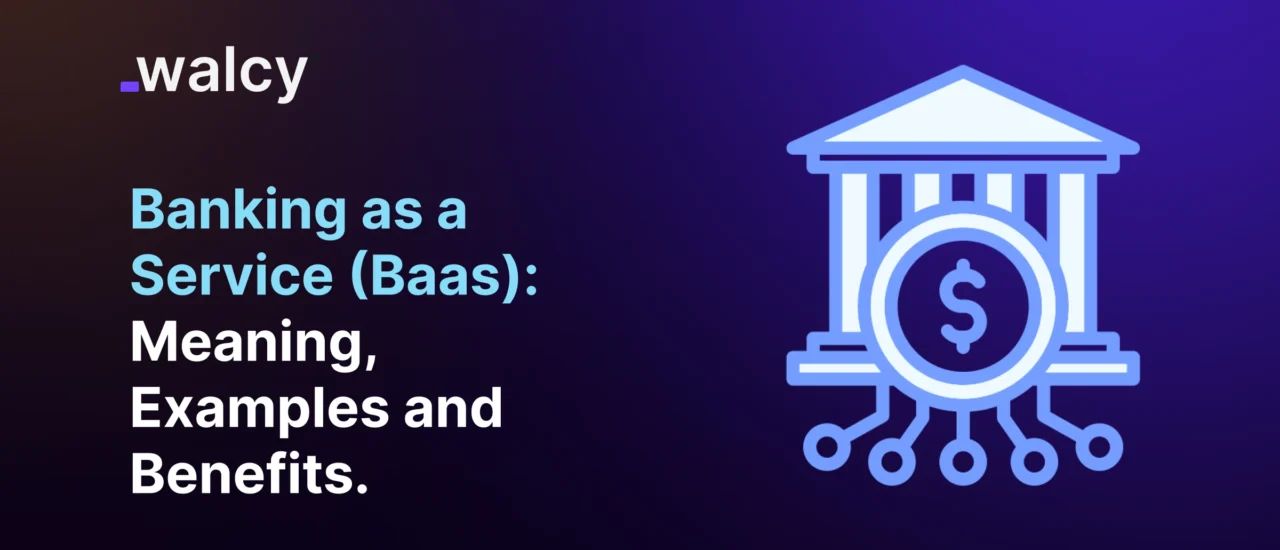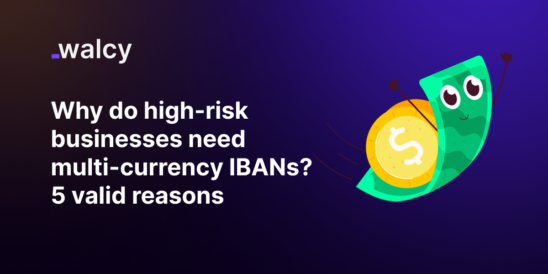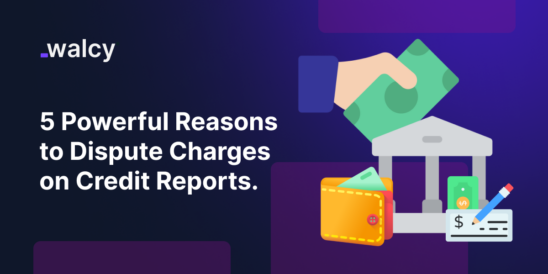Banking as a Service (BaaS), is the new wave of disruption in financial services, enabling non-bank businesses to bake in banking services via APIs into their products.
This has presented newer avenues for fintech companies, startups, and even traditional firms to sell financial services without requiring a banking license.
In this article, we explore what Banking as a Service is, how it works, its benefits, key examples, and the future of this rapidly growing market.
What is Banking as a Service?
Banking as a Service (BaaS) refers to banking services provided through an API for third-party firms who want to add banking functionalities to their products or services.
In essence, BaaS provides a channel whereby non-financial institutions like technology companies, retailers, and startups will be able to offer banking services around payments, savings, loans, and cards among others without actually having to develop a banking infrastructure or obtain a banking license.
General tendencies are that BaaS platforms team up with licensed banks, offering the regulatory framework and compliance to provide financial products.
While the technical part of the banking operation, like user account management, transaction processing, and compliance, is taken care of by the BaaS platforms; the third-party companies normally focus on customer acquisition and business growth.
How Does Baas Work?
In a nutshell, Banking as a Service allows businesses to provide any financial service without necessarily becoming a bank. Here is a simplified explanation of how that works:
- Partnership with a bank: a business fintech company or e-commerce platform may partner up with a licensed bank or financial institution for access to its banking infrastructure and regulatory services.
- API Integration: The integration of the bank’s APIs into business platforms or products. The APIs can range in services from anything to do with Payments, Savings Accounts, Lending, and Card Issuance, to a multitude of others.
- White-Label Solutions: Many integrated banking services are white-label, which would include full branding and marketing by the business of the services as its own without having to disclose to customers the bank behind the said services.
- Regulatory Compliance: The bank, which is the licensed body, ensures that all the services offered through the BaaS platform remain within the ambit of regulations, for instance, KYC/AML, data privacy, and security.
- Revenue Generation: In turn, the nonbank business monetizes these services through transaction fees, subscription models, or charging of interest on loans, while in most cases the bank gets a part of the fees as compensation for offering the infrastructure and compliance services.
Banking as a Service vs. Open Banking: What is the Difference?
While open banking and Banking as a Service are mostly mentioned together, they are very different concepts. Both work out the facilitation of financial data and services, but they work quite differently.
Open Banking:
With open banking, third-party providers access customer financial data via APIs in a consensual manner for the customer to provide superior and more personalized services.
In other words, the essence of open banking is data sharing, putting the consumer in the driving seat when it comes to their financial information. Innovation is fostered, where firms can develop financial products that work as part of existing bank accounts.
Banking as a Service (Baas):
BaaS, in turn, focuses more on the very provision of banking services in the form of payment, lending, and account management through APIs to third-party businesses.
This would give companies the ability to offer bank accounts, credit cards, or loans without having to manage core banking systems.
In other words, open banking is about data sharing, while BaaS implies providing the tools and services to run the banking operation.
Read about: Global Payment Provider: Which is Best for SaaS Business?
BaaS vs. SaaS: What’s the Difference?
The difference between Banking as a Service and Software as a Service suggests the very essence of the service provided:
- SaaS: Refers to software applications hosted on the cloud used by users via the internet.
Examples of SaaS providers include those that offer software solutions around email, CRM systems, accounting software, etc. These services do not deal with banking infrastructure or regulatory compliance.
- BaaS: Refers to Banking as a Service in the financial services industry. This would be the delivery of banking through application programming interfaces, enabling various businesses to offer banking functionality.
BaaS focuses much on financial transactions, compliance, and banking services, while SaaS sells more software solutions for a wide range of industries.
To put it simply: SaaS provides software solutions to non-financial industries, while BaaS provides financial services through a technical platform to companies that want to add banking capabilities to their products.
Read about: Essential Financial Services for Business | Must Know Things
Embedded Banking vs. Banking as a Service
There is one more term that is closely related to the concept of BaaS, and that is embedded banking. While they both share something in common, they are not precisely the same.
- Embedded Banking:
Embedded banking is the most intense form of integration of financial services into a non-financial platform or product.
Essentially, the smoothing out of this through a ride-hailing app that provides drivers with access to instant payments, or for a retailer at checkout, offering credit options, is what embedded banking is.
Commonly, these are integrated into customer journeys without the use of added banking apps.
- Banking as a Service:
While embedded banking concerns itself with the delivery of banking services right within a non-financial product, BaaS is more foundational.
BaaS provides an infrastructure that allows embedded banking to be possible. It supplies APIs, banking licenses, and back-end systems necessary for businesses to offer financial services.
That is to say, BaaS comprises the back-end technology and infrastructure that enables embedded banking services. Embedded banking describes the actual application of BaaS within a particular platform or customer experience.
Examples of Banking as a Service Providers
The market of BaaS is one of the fastest-increasing markets, with scores of firms selling banking infrastructure to businesses. Among the leading Banking as a Service providers are:
- Solarisbank:
Berlin-headquartered, this BaaS player offers banking products on credit, payments, and digital banking products. They are partnering with Fintech players to enable a white-label solution for Digital Banking.
- Railsbank:
Global Banking-as-a-Service player offering payment cards, bank accounts, and lending services amongst others via APIs. Railsbank provides not only financial services but also access to customer data under open banking regulations.
- FintechOS:
Offering an intuitive no-code platform to build, launch, and operate your in-house banking service, FintechOS targets startups and non-financial businesses that want to scale into financial services.
- Synapse:
Offering a suite of APIs to back the building and launching of any financial product bank accounts to cards and lending programs, Synapse’s BaaS products reach out to an enormous number of industries that range from fintech to healthcare.
- Green Dot:
Primarily recognized for providing banking to non-bank businesses, Green Dot enables companies to offer banks’ payment accounts, including direct deposit, among other financial products to their customers.
Read about: All About Overseas Payments (2024) Comprehensive Guide
Advantages of Banking as a Service
There are several significant benefits of the BaaS model for enterprises as well as consumers:
- Reduced Time-to-Market
With embedded finance, companies can roll out integrated banking services in weeks or months, rather than in years, which would be the time required to build a full-scale banking infrastructure.
- Cost Efficiency
BaaS reduces the necessity for a business to invest in regulatory compliance, banking licenses, or even intricate financial systems. Companies could concentrate on acquiring and growing their customer base while leaving the banking back-end to the BaaS provider.
- Scalability
BaaS lets businesses scale their financial offerings free from the physical constraints of branches or, for that matter, investment in heavy infrastructure. This will, in turn, make it easier for SMEs to rival much bigger and more established financial institutions in their own right.
Businesses may provide easy access to their clients by including banking services right into their platforms. This allows for quick credit approvals or simple payment methods.
Read about: Top Online Payment Methods Across The World.
Banking-as-a-Service: The Future Ahead
In the coming years, the growth of the BaaS market will be notable. With all these companies trying to turn Fintech and offer financial services, the role of BaaS becomes imperative to make it happen.
The rise of open banking regulations and ongoing technological improvements continue to drive innovation in this space.
- Expansion of Services: The backing of more advanced services by the providers of BaaS in the future might range from AI-powered risk management to real-time fraud detection and personalized financial products.
- Global Growth: With the rise in the convergence of regulatory environments and an increase in awareness by businesses about the potential of financial services, the geographical expansion of BaaS will also continue.
- Competition and Consolidation: As the market matured, it could be expected that further competition – and perhaps even consolidation – would occur among the BaaS providers.
Larger technology companies might acquire smaller providers to complete a suite of services offered related to banking.
Read about: Top 8 Fintech Trends of 2024 & 2025
Conclusion
Banking as a Service is the new model that further extends accessibility to banking services at cheaper costs not only for corporates but directly to consumers.
This is the capacity that enables API-connected businesses to embed banking functionalities without having to create expensive infrastructure or wade through highly complex regulatory requirements.
As the market for BaaS continues to grow, we should expect much more innovation, even more embedded experiences in banking, and far wider diffusion throughout the industries.
Each of these terms – what Open Banking, SaaS, and Embedded Banking mean to a business looking to adopt this model – is very critical to understand in the BaaS context.
Banking as a Service is a new revolution that will hit the FSI industry, driven by key benefits such as cost savings, scalability, and faster time-to-market.
Read about: Fintech Ecosystem: What Are The Key Components?
Do follow us on Facebook and LinkedIn, to stay connected with us.



